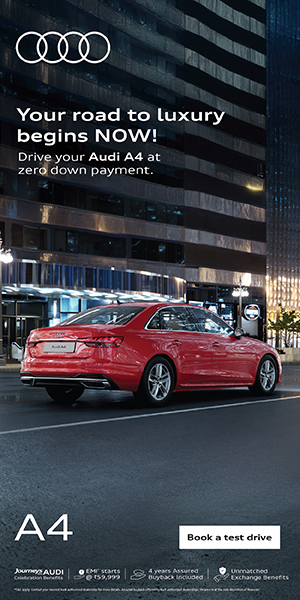How to Calculate the On-Road Price of a Car: The Ultimate Guide
- Cars
- 19 Jul, 2025
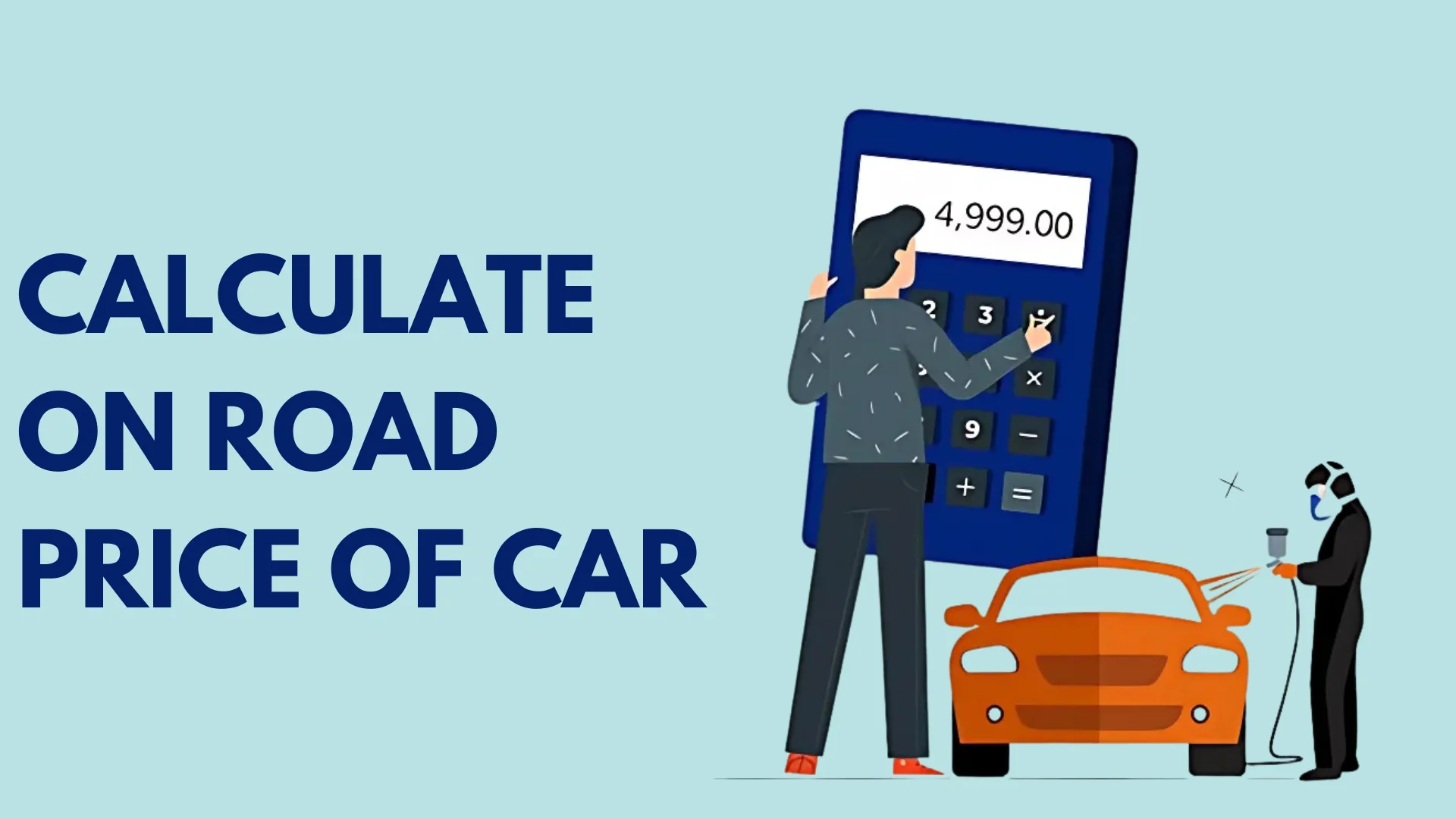
Buying a car is an exciting milestone but also a major financial decision. It might be tempting to focus on those bold, attractive “ex-showroom” prices you see in ads—but that price is not the full story. If you walk into a dealership expecting to pay only the ex-showroom price, you’ll soon learn about a host of additional costs that bring up the total significantly. The number you really need to know is the on-road price.
But what exactly is the on-road price? How is it calculated? Why is it often so much higher than the ex-showroom price? Let’s break down everything you need to know before you put down that booking amount.
What is On-Road Price? Why Does it Matter?
Put simply, the on-road price is the final amount you need to pay before you can drive your new car on public roads—legally and hassle-free. This goes far beyond the ex-showroom price, covering all statutory taxes, registration charges, mandatory insurance, accessories, and other fees.
Think of the ex-showroom price as the bare-bones cost of the car (including GST and dealer margin), while the on-road price includes everything necessary to get the car from the dealership into your garage and out onto the road.
Why is Knowing the On-Road Price Crucial?
- It prevents budget shocks.
- Lets you compare cars in your real purchasing range.
- Helps you accurately plan your loan or down payment.
- Keeps you aware of legal and mandatory compliances.
Breakdown: Components of the On-Road Price
Let’s look at all the elements that add up to make the on-road price.
1. Ex-Showroom Price
This is the price set by the manufacturer and paid to the dealer. It includes GST but not any state-specific costs. This price varies from city to city.
2. Road Tax (State Government Tax)
Every time you purchase a new car, you must pay a road tax to your state government. This tax keeps the roads maintained and varies from one state to another, generally ranging from 4% to 15% of the ex-showroom price, depending on:
- Car category (hatchback, sedan, SUV, luxury, etc.)
- Price of the car (higher priced cars often attract higher taxes)
- State and sometimes even city policies
For instance, Delhi charges no lifetime road tax on electric vehicles, while Karnataka can charge higher rates for luxury vehicles.
3. Registration Charges (RTO Fees)
Your car needs a proper registration and a number plate from your local Regional Transport Office (RTO). These charges usually depend on:
- Engine capacity (up to 1000cc, 1000–1500cc, above 1500cc)
- The car’s price bracket
- Type of vehicle (private, commercial, taxi, etc.)
Registration charges can also include:
- Smart Card fee (for digital RC)
- Hypothecation charges (if financed)
- Charges for fancy or custom number plates
4. Insurance Premium
The government mandates at least a third-party insurance policy. However, most buyers opt for a comprehensive policy to cover theft, disasters, and major damages. Your insurance cost depends on factors like:
- Car’s make, model, and ex-showroom price
- Insurance Declared Value (IDV)
- Your city (high-traffic or accident-prone cities charge more)
- Add-ons (zero depreciation, roadside assistance, etc.)
Insurance is typically 2-3% of ex-showroom price, but can be more depending on your chosen coverage.
5. Tax Collected at Source (TCS)
If your car’s ex-showroom price is above ₹10 lakh, the dealer will collect TCS at 1% of the ex-showroom price and deposit it with the government. You can claim this later while filing your tax returns but must add it upfront to your total.
6. Green Cess/Environmental Fees
Some states levy an environmental or green cess on vehicles—especially those with engine capacities above 2000cc, diesel vehicles, or luxury SUVs. The amount and rules vary, but this fee is worth checking in advance.
7. Dealer Handling/Logistics Charges
Dealers typically charge a nominal (sometimes negotiable) fee for transporting the car from the stockyard to the showroom, PDI (pre-delivery inspection), and general paperwork.
8. Optional Costs
- Extended Warranty/AMC: For longer protection and maintenance.
- Accessories Package: Alloy wheels, seat covers, infotainment upgrades, etc.
- Fastag: Compulsory electronic toll tag nowadays.
- Additional Services: Coating, anti-rust, etc.
Step-by-Step Guide: Calculating an On-Road Price
Let’s summarize this with a simple guide you can use for ANY new car:
Step 1: Start with the Ex-Showroom Price
Check the official price for your preferred car model and variant in your city. For this example, let’s say it’s ₹10,00,000.
Step 2: Calculate the Road Tax
Suppose you’re in Maharashtra and your car is under ₹20 lakh. The road tax is 11%.
- Road Tax = ₹10,00,000 × 0.11 = ₹1,10,000
Step 3: Add Registration Charges
Usually between ₹5,000 and ₹15,000 depending on the engine capacity and car model.
- Registration Charges = ₹10,000 (approximate)
Step 4: Calculate Insurance Premium
If you take a basic comprehensive policy at 3%:
- Insurance = ₹10,00,000 × 0.03 = ₹30,000
Step 5: Add TCS if Price > ₹10 Lakh
- TCS = ₹10,00,000 × 0.01 = ₹10,000
Step 6: Include Other Applicable Charges
- Dealer Handling = ₹6,000
- FASTag = ₹600
- Accessories (if any): Let’s say, none for now.
Step 7: Add Up Everything for Total On-Road Price
| Cost Component | Amount |
|---|---|
| Ex-Showroom Price | ₹10,00,000 |
| Road Tax | ₹1,10,000 |
| Registration Charges (RTO) | ₹10,000 |
| Insurance | ₹30,000 |
| TCS | ₹10,000 |
| Dealer Handling Charges | ₹6,000 |
| FASTag | ₹600 |
| Accessories | ₹0 |
| Total | ₹11,66,600 |
This means your car, which is advertised at ₹10 lakh, will actually cost you roughly ₹11,66,600 on the road!
You Must Explore: Best Cars & Prices in India
Pro Tips for Smart Buyers
- Always Ask for a Detailed Price Breakdown
Dealers must provide a transparent cost sheet. Question anything unclear or dubious. - Use Online On-Road Price Calculators
Most car portals (CarDekho, CarWale, etc.) and manufacturer websites have built-in calculators tailored to your city. - Negotiate Dealer Charges & Accessories
Logistics, handling charges, and accessory packs are often negotiable or removable. Don’t hesitate to push back! - Get Multiple Insurance Quotes
You’re not bound to buy insurance from the dealership. Compare quotes online for better rates. - Beware of Unnecessary Add-Ons
Some dealers add inflated pricing for add-ons you might not even want. Double-check before you say yes.
Whenever you plan a car purchase, the on-road price is the real amount you should budget for—and it often turns out to be 10–20% higher than the ex-showroom price! Take into account all taxes, mandatory fees, insurance, and only the add-ons you truly value.
Latest Car News

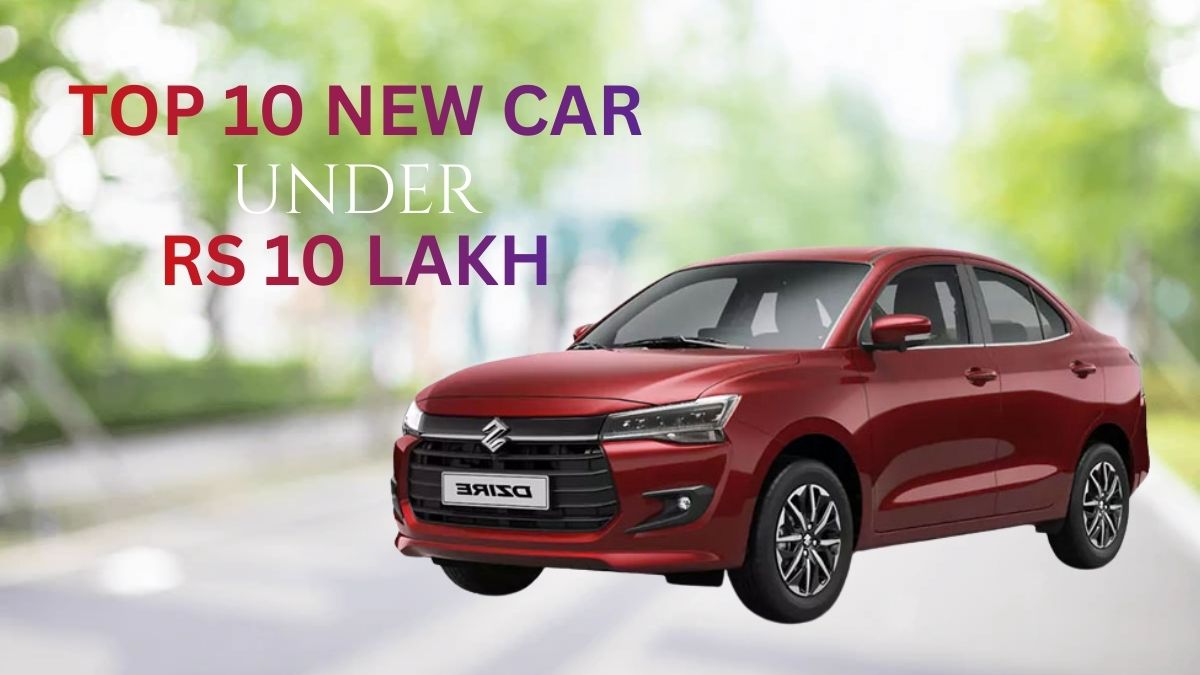
Top 10 Cars Under 10 Lakhs in India (2026 Buyer’s Guide)

Top 6 Safest Cars in India
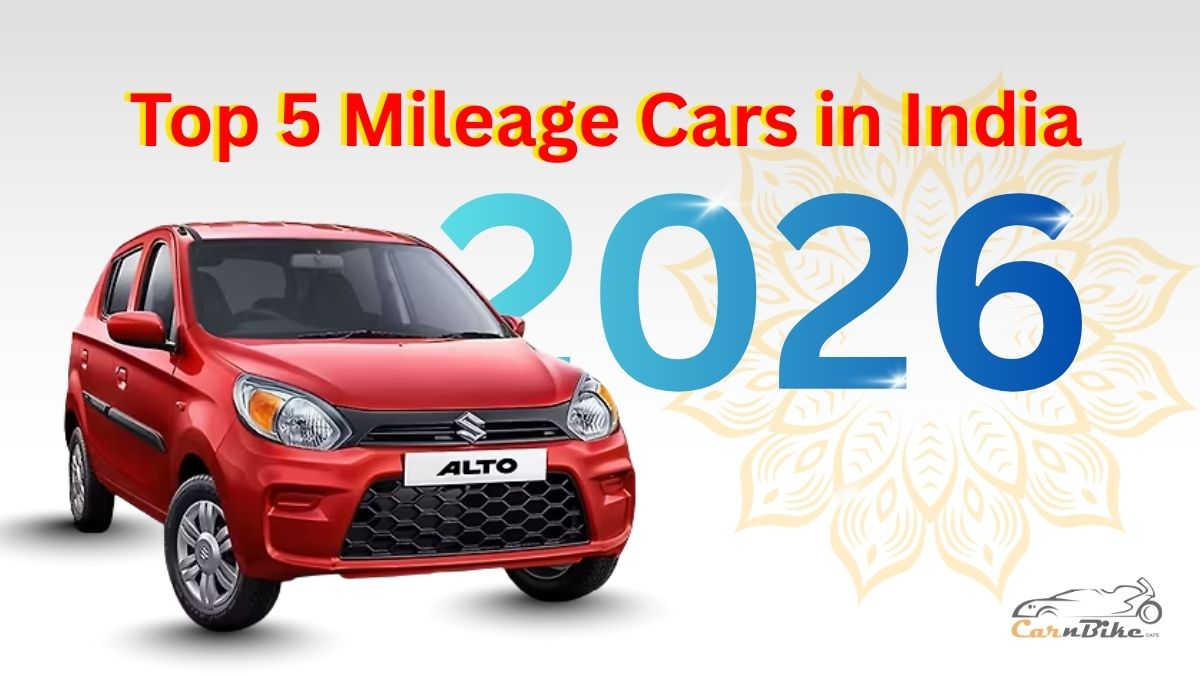
Top 5 Mileage Cars in India
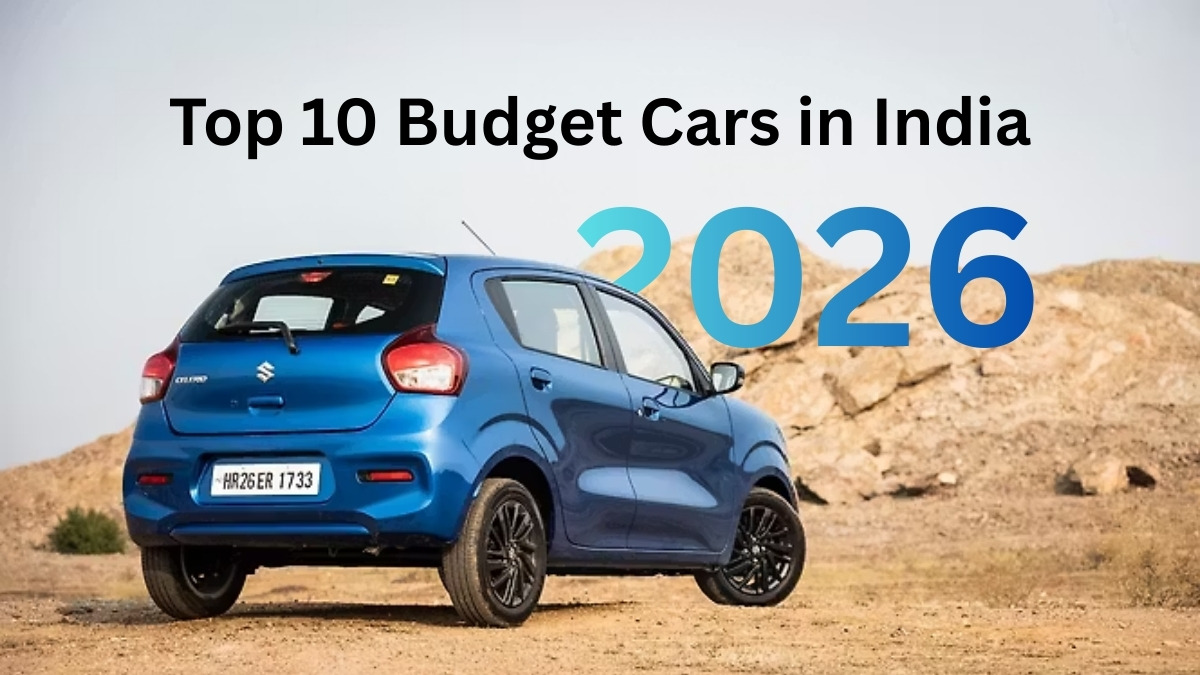
Top 10 Budget Cars in India

Why 2026 Is Set to Be the Biggest Year Ever for Middle-Class Car Buyers
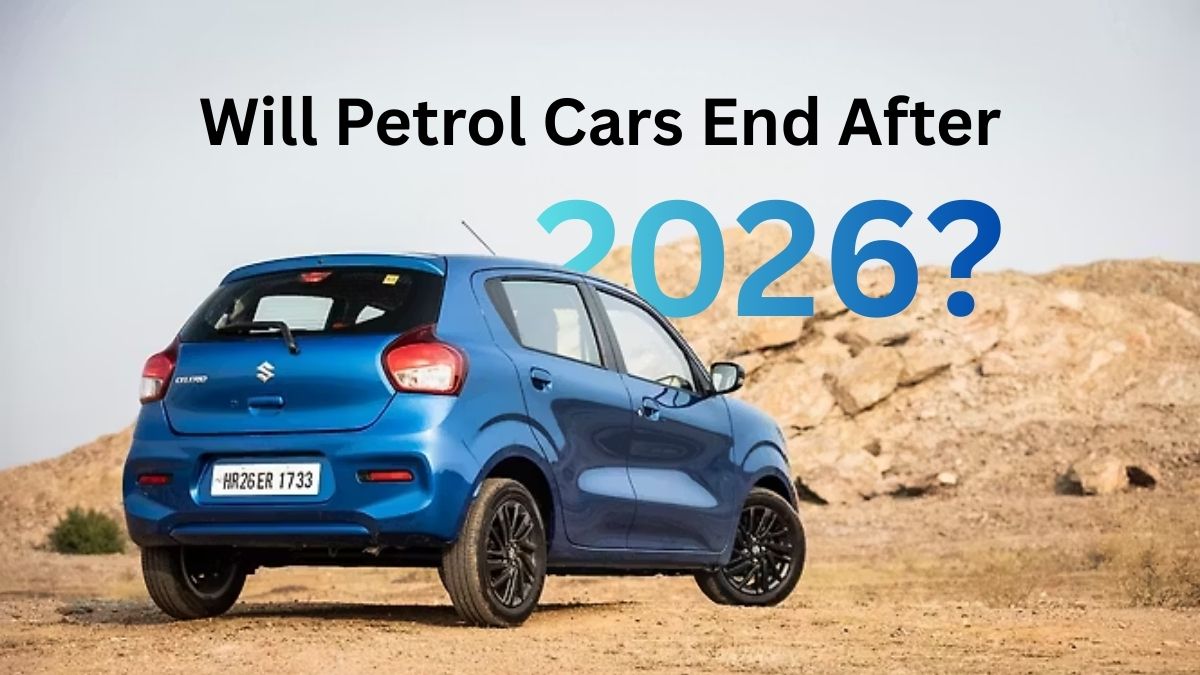
New Year 2026: Is This the End Date for Petrol Cars? Government Plans Revealed
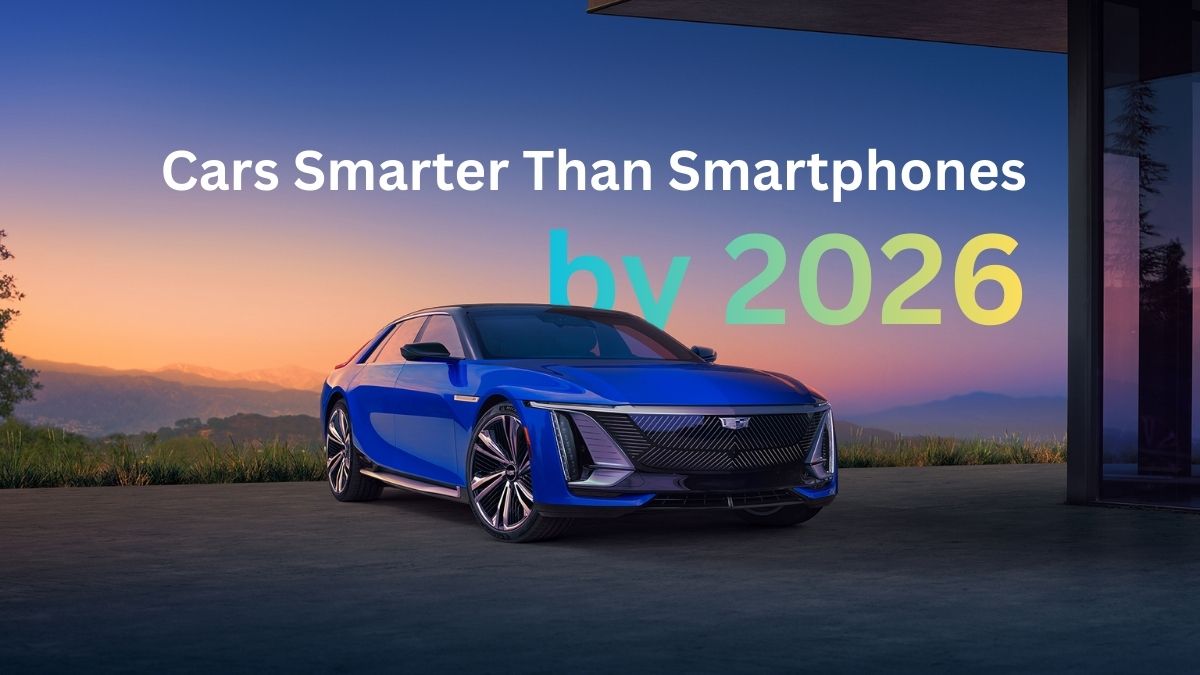
Cars in 2026 Will Be Smarter Than Smartphones – With Real Proof

Before 2026, the Way We Drive Cars Will Change Forever: 5 Features Never Seen in Any Car Before
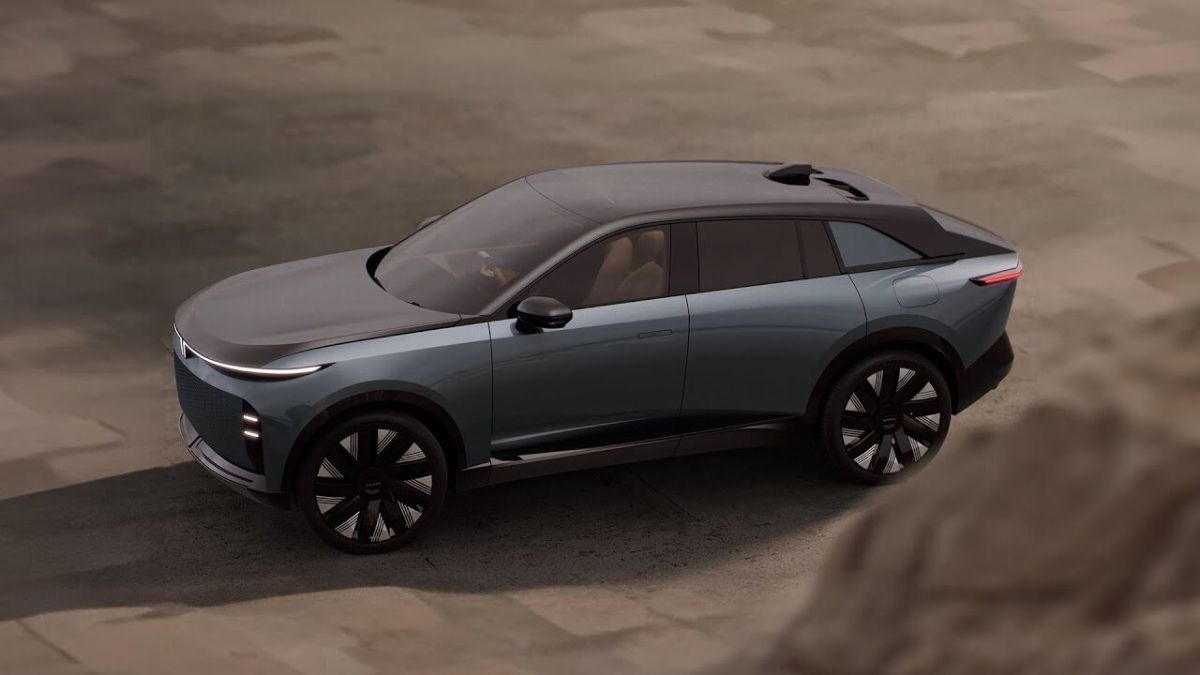
Tata Avinya 2026 India Launch: Expected Price, Features, Range and Latest Update
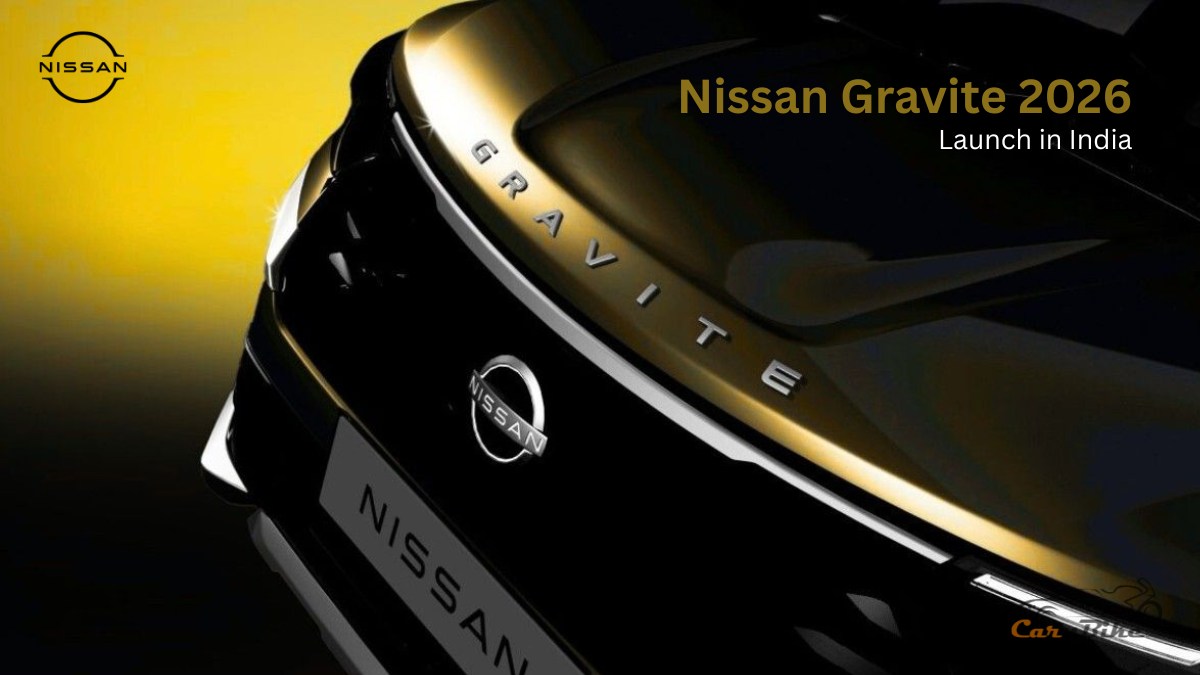
Nissan Gravite 2026 Launch in India: Expected Price, Features, Mileage and Full Details














